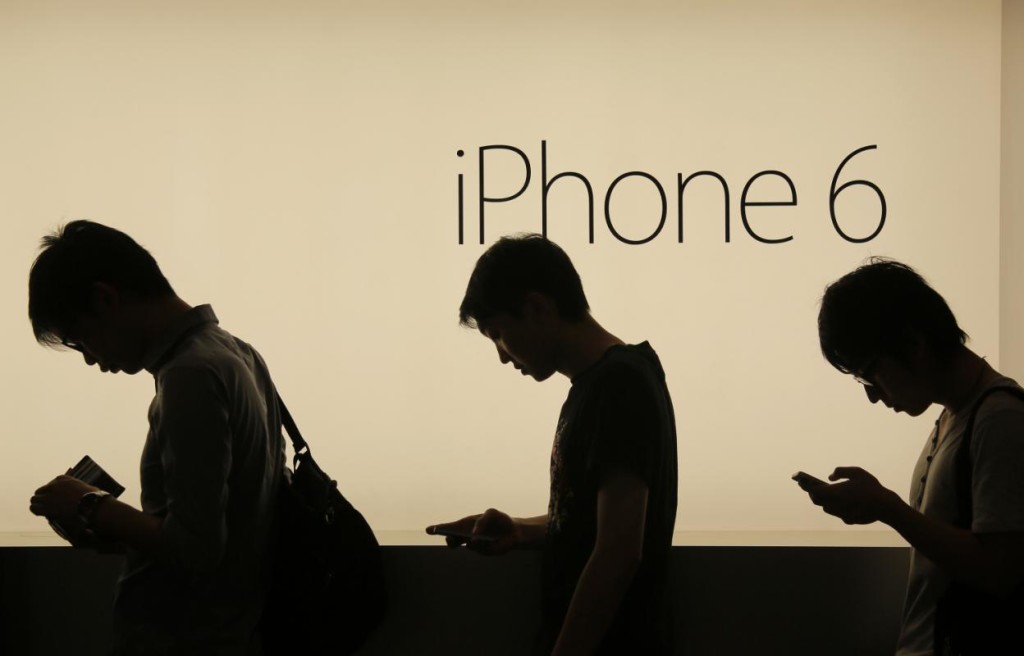I recently found myself in a sitcom-style family meeting, the theme of which was a shared data plan. How modern and annoying! The meeting was called when we exceeded 10 GB of data usage during one monthly billing cycle, incurring several additional $15 charges. Since I was the main offender, I was compelled to revisit the word plan in data plan and to restructure my habits surrounding my mobile device. I took note of my findings, and my newfound wisdom is as follows:
Meaningful Messaging
I now make mental appointments to check text messages. For example, I check them at 12:00 PM when I break for lunch at work and again at 3:00 PM when I break for a completely normal second lunch at work.
How: I toggle cellular data on and off or put my phone in airplane mode to accommodate much-needed vacations from my device. Even when I compulsively grab or look at my phone, I’m not prompted to use it by rhythmic buzzing or red numbers.
Scheduling my availability has significantly improved the quality of my interactions. My digital communication and real-life socializing have both become more deliberate and fulfilling. Abbreviating less and punctuating more are restoring my humanity.
Premeditated Consumption
My phone is my alarm, so I’m using it from the second I wake up. My Spotify app supplies a custom soundtrack for my morning “dance clumsily while making breakfast” routine. I stream podcasts using my phone’s native app. Whatever’s in my headphones continues playing as I walk out of my apartment, beyond my Wi-Fi connection, and into the world. I’ve started to avoid this data minefield by planning my content intake.
How: Downloading files to a phone’s hard drive is the responsible adult’s way to waste time. Leading up to my data crime, I had become an excessive streamer. Now, I pay more attention to what I’ll play throughout the day and download just those things to my phone while on my home’s Wi-Fi network.
Retroactive Photo-Sharing
These days, Instagram is exclusively #Latergram unless I’m posting from a location that provides Wi-Fi. The Insta in Instagram seems almost instructive, but I’ve found that everything can wait. The likes, comments, and hashtags can validate us anytime.
How: I save photos and post them on social media at non-insta times. This is actually a relief since I cannot be trusted to select the most flattering filter on the fly.
Don’t Date Your Phone
Romantic prospects that are discovered digitally have a way of consuming afternoons and large quantities of data. The idea of “singles in your area” has broadened to include the entire planet due to the functionality of dating apps. Awkwardly breaking the ice can become expensive if you’re not conscious of how, where and when you interact with your device.
How: I now only log into my online dating apps when my self-esteem is highest. Yes, having Wi-Fi that I can trust is a part of that. Didn’t you read that in my profile?
Working At Work
While at the office, I used to work in 10-20 minute blocks, checking my phone during the intervals for all that content I so desperately needed. Some offices don’t provide Wi-Fi access, which sounds like an oppressive measure until you find peace in the liberating reality that working at work is always the answer.
How: An “everything can wait” mentality certainly applies here. Even when an audio podcast or Spotify playlist provides a soundtrack for my work tasks, I’m using my phone as a storage and playback device rather than something connected to the content ether.
I am now quite productive and beloved by my coworkers because eye contact.
Necessary Navigation
I use my phone’s Google Maps app in times of navigational crisis. This is one instance in which data is essential. The insights described in the other sections of this piece should all be considered if only because there are times when we will have to call upon our phone’s data capabilities to navigate us back to a Wi-Fi wielding coffee shop.
How: This one is pretty self-explanatory. I will additionally vouch for the value of googling a location at home and writing down some simple directions you can keep on your dashboard or passenger seat while you drive.
I explore new places often, and it’s nice to know my phone can be a functional tool when I’m traveling from A to B. Sure, A might be my apartment and B might be the closest 24-hour breakfast café. I have a broad interpretation of the word “explore.” You do you.
Pushy Notifications
I don’t need to know that someone just sent me a sticker on Facebook Messenger. I also don’t need to know that someone in a group message won’t have cash on them.
I definitely don’t need to know that there are 1,274 unread emails in my inbox.
Maybe I’ll need to know these things at some point, but I don’t need to be notified instantly.
How: I contextualize urgency. When push notifications might be lifesavers, I welcome them with a few menu options. I disable them using the very same menu options when I’m living what I like to call “the 99% of my life that isn’t urgent.”
Conclusions
A newly common practice among friends, families, and people in relationships is putting phones face down, out of reach, or out of sight altogether during times of social interaction. There is something to the idea of being present. In restructuring my habits, I found that I often just wanted to hold my phone because it was familiar. It was something to check while I avoided something else. It was a pathway to procrastination and a social crutch since people now mostly talk from behind screens.
Minimizing my data consumption meant reconnecting with the version of myself that existed before smartphones were a fixture of society. It was well worth doing, if only to avoid more embarrassing family meetings. Those are bad for my late-twenties brand.
